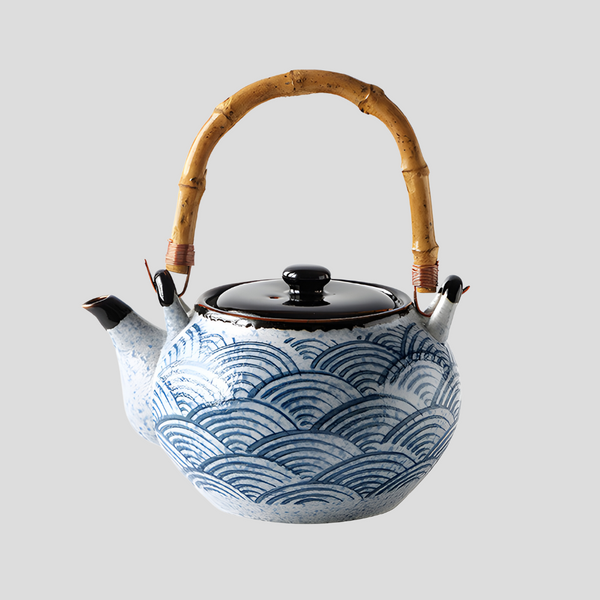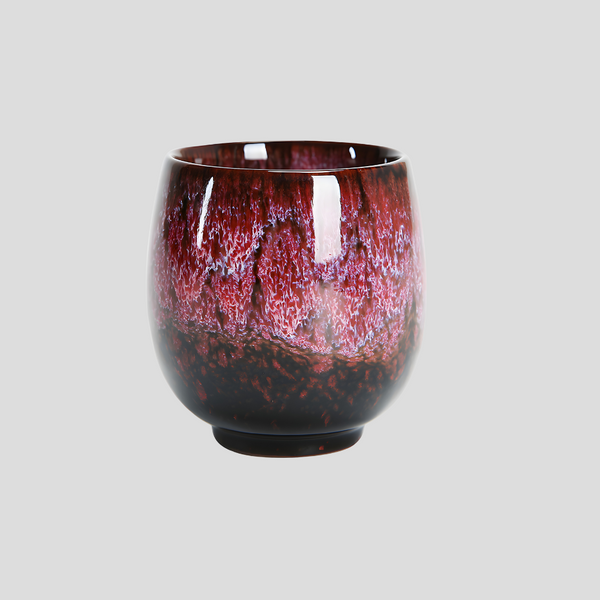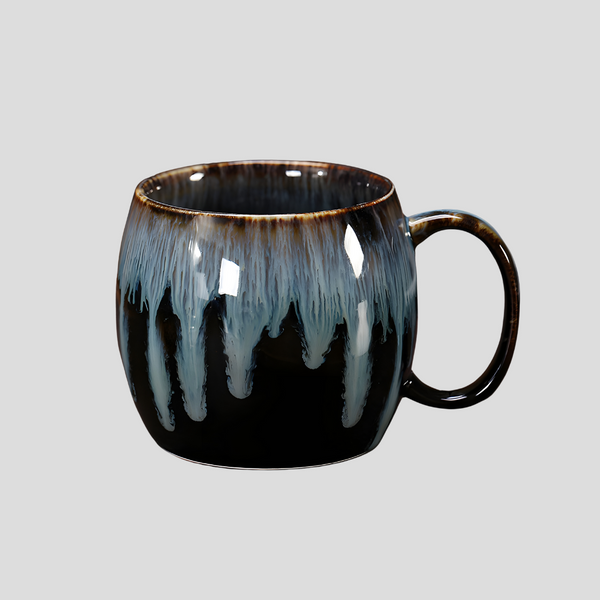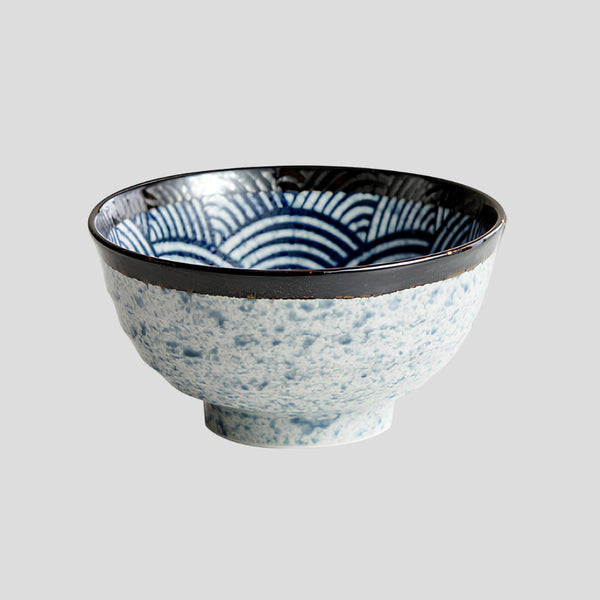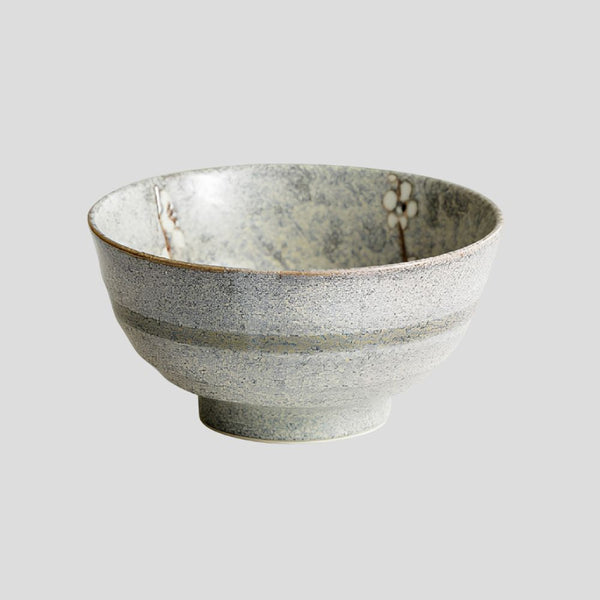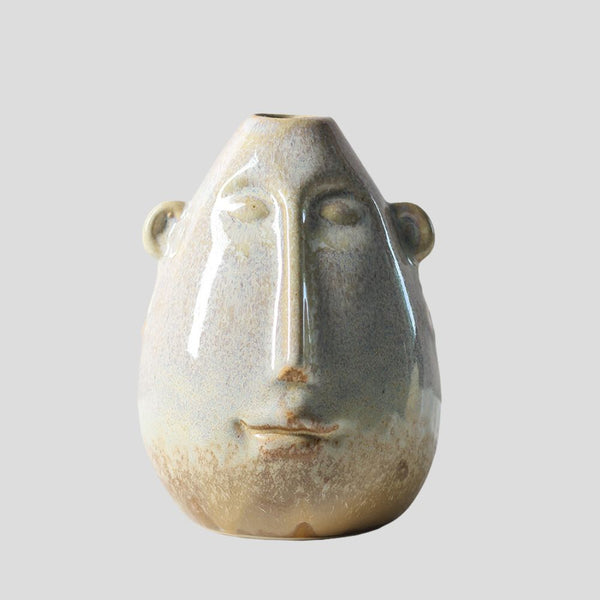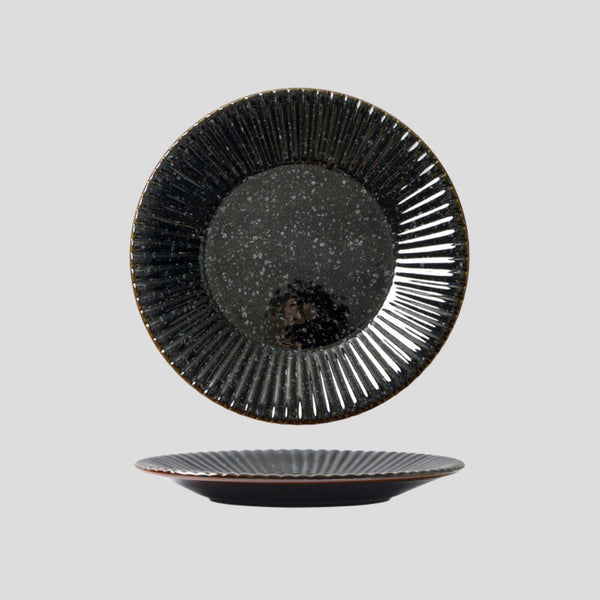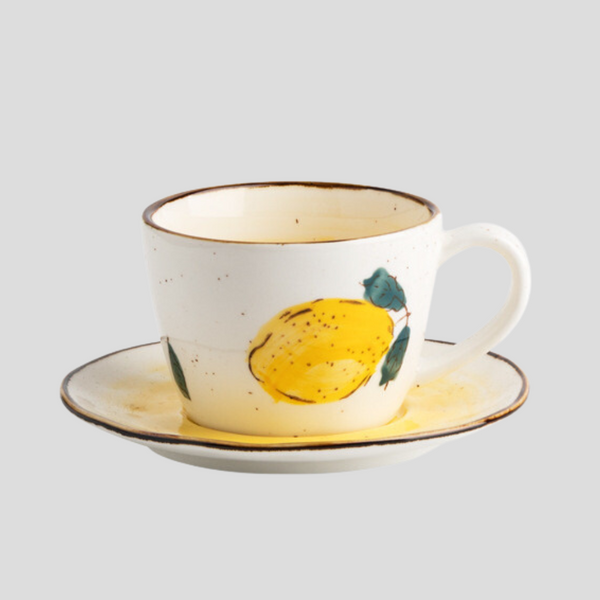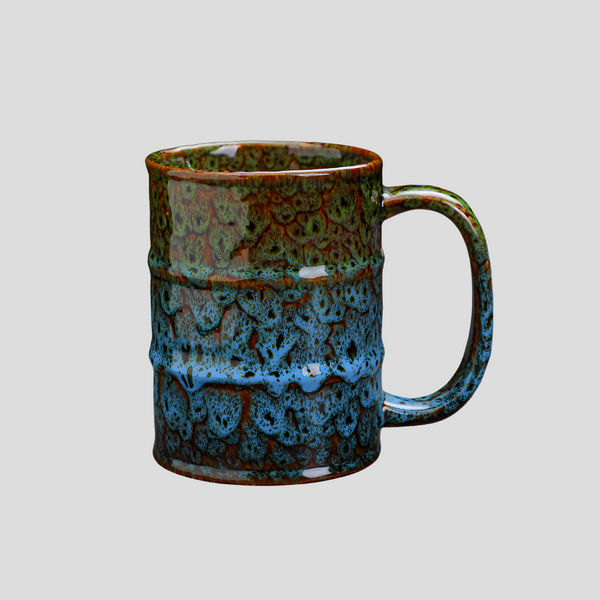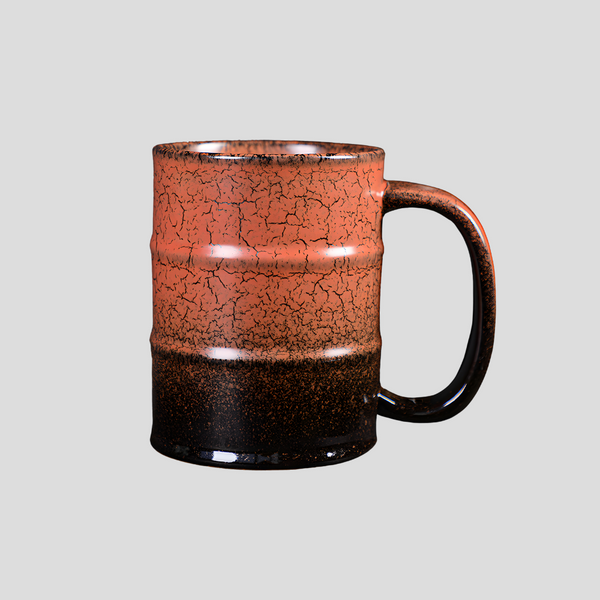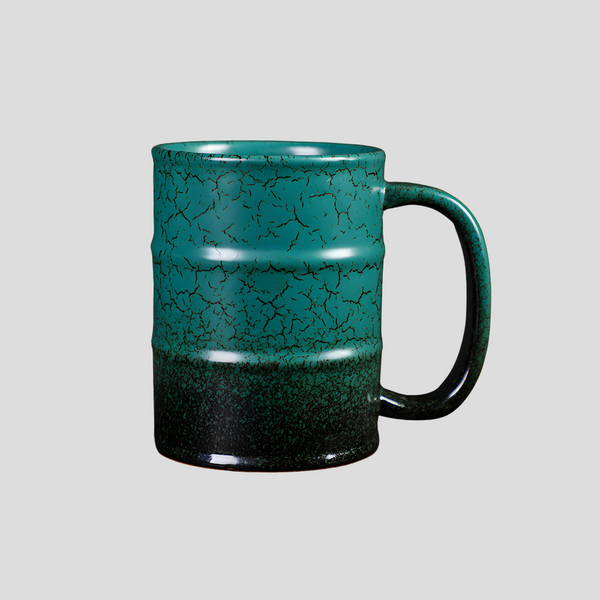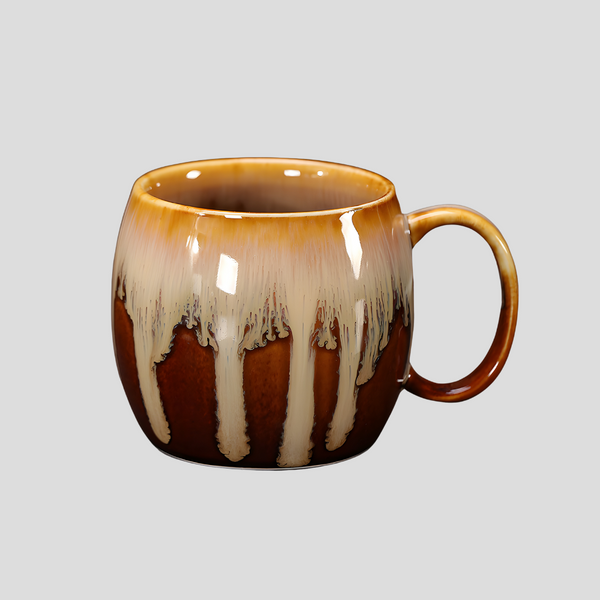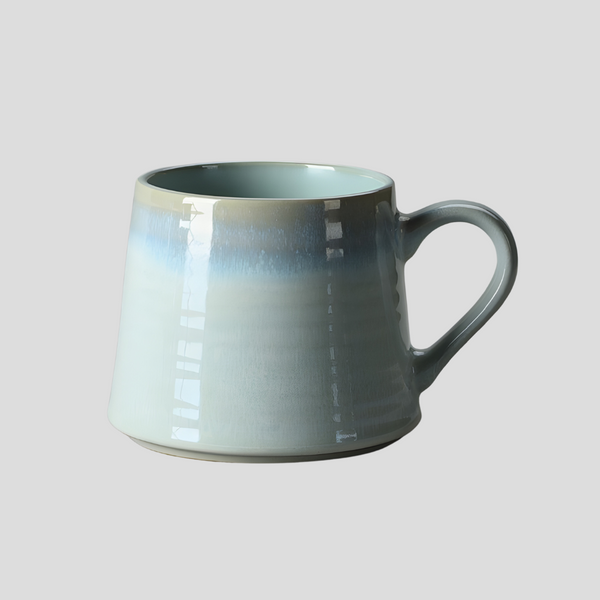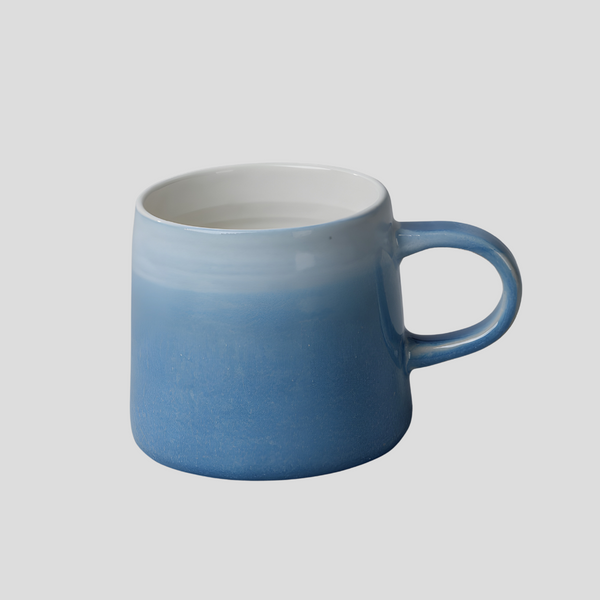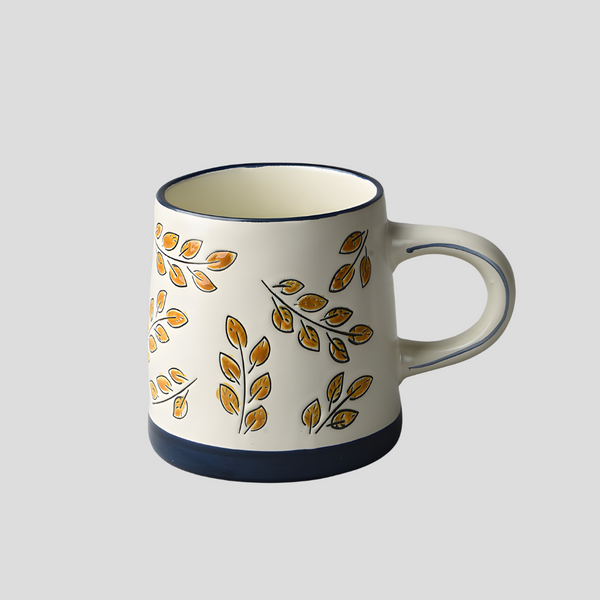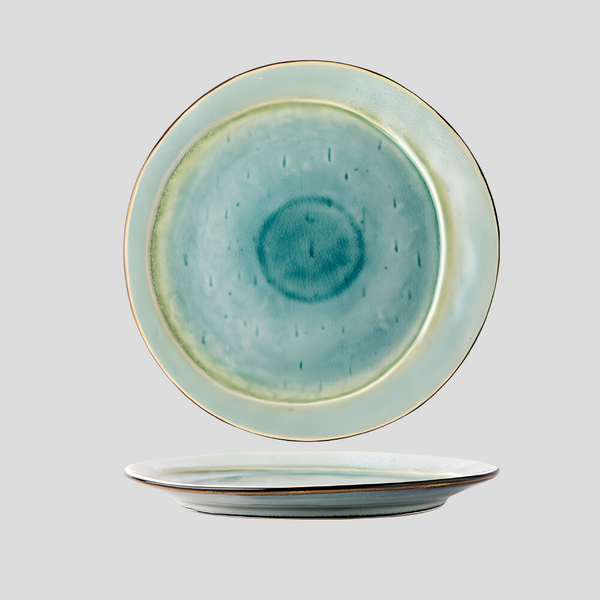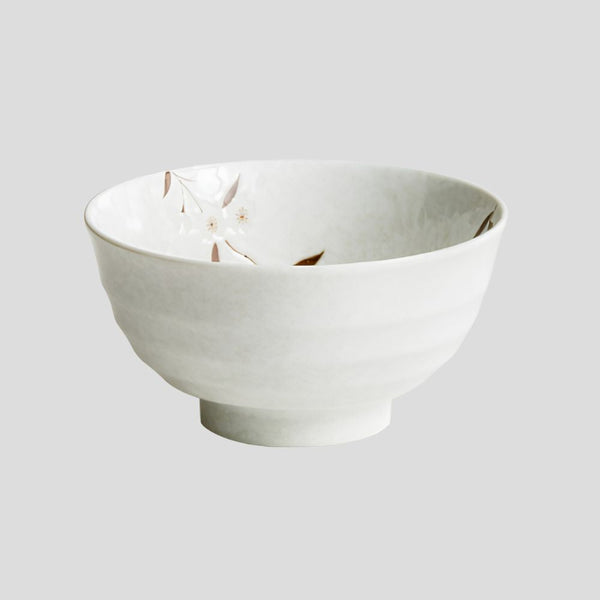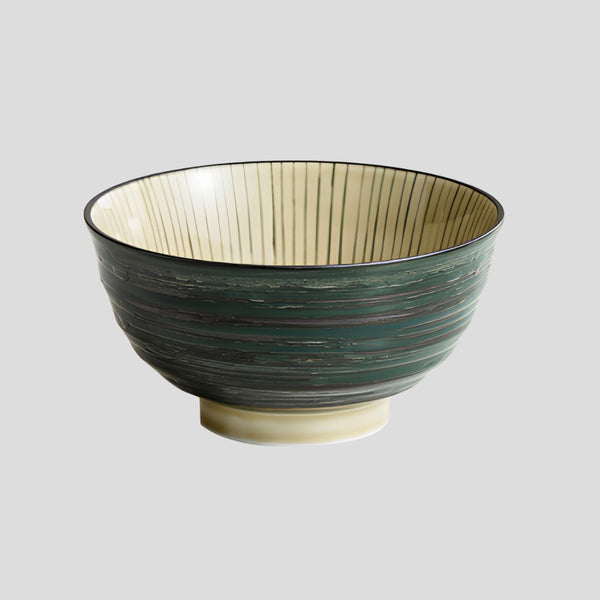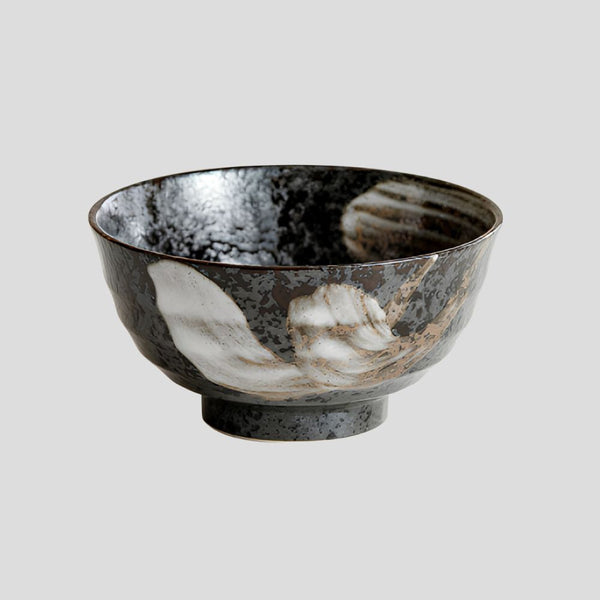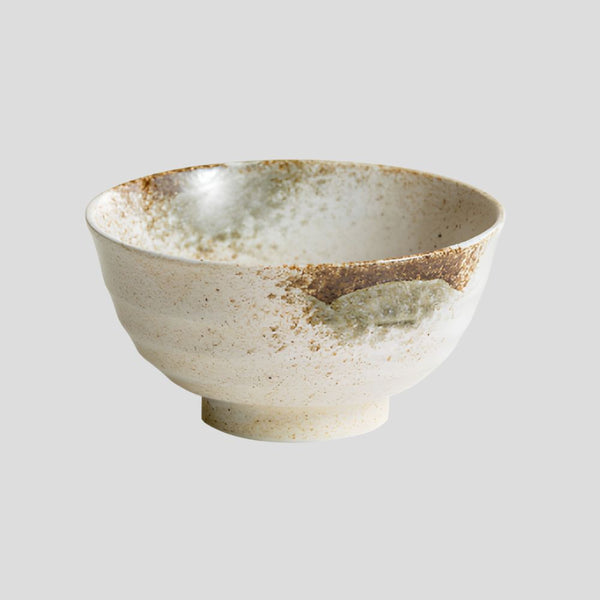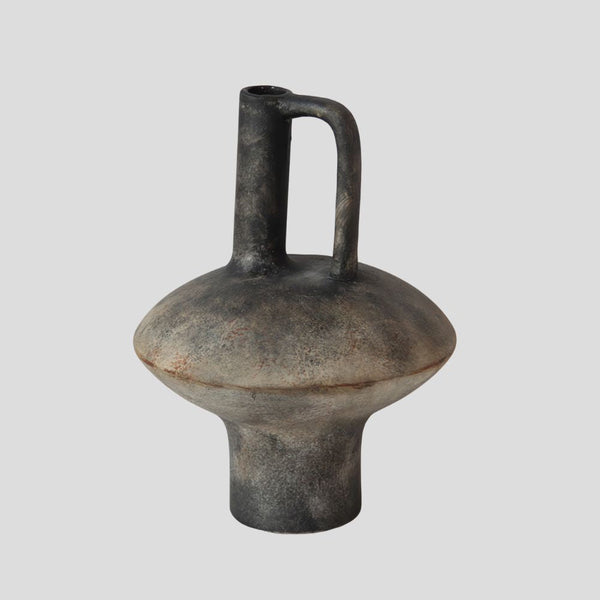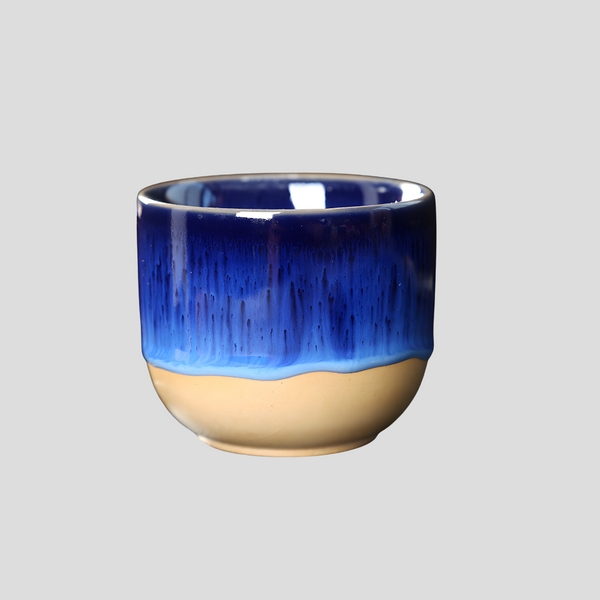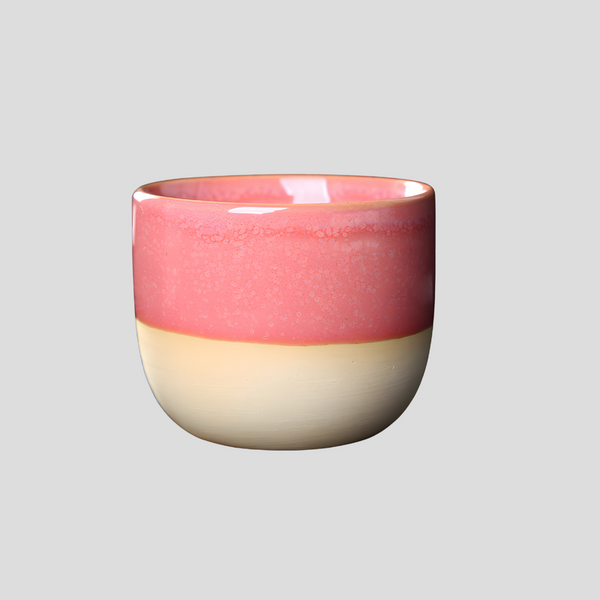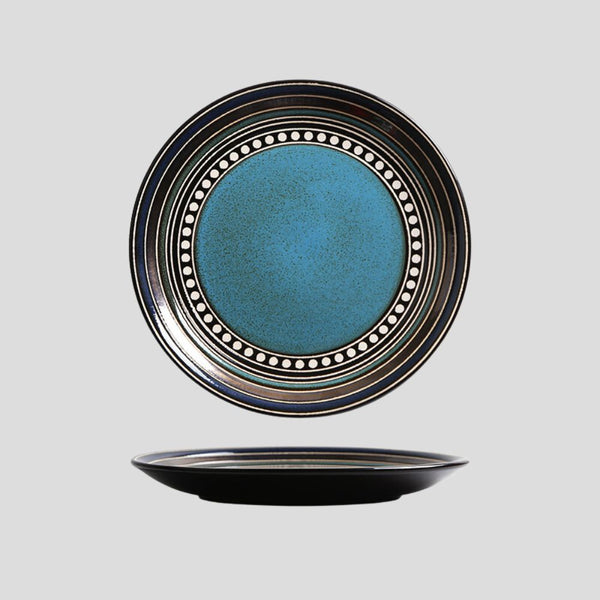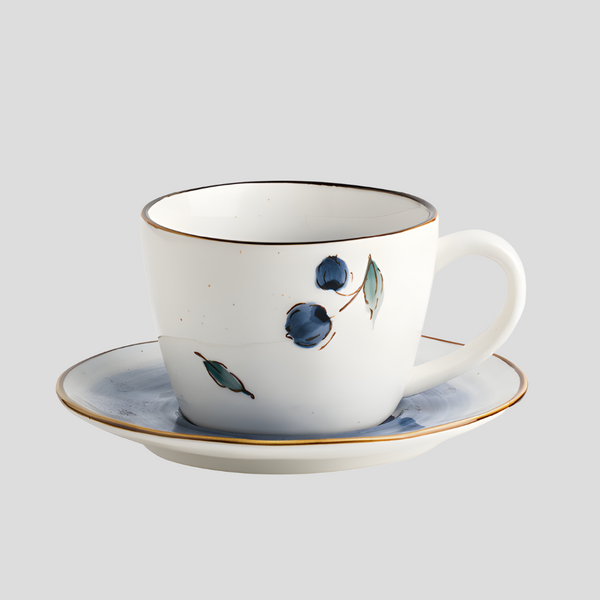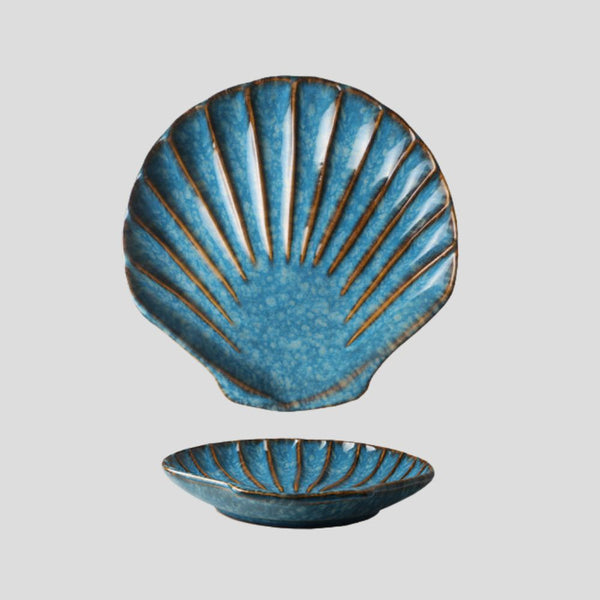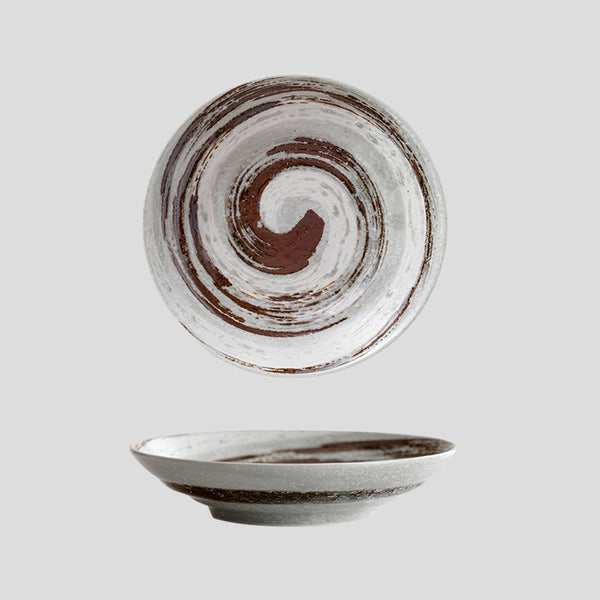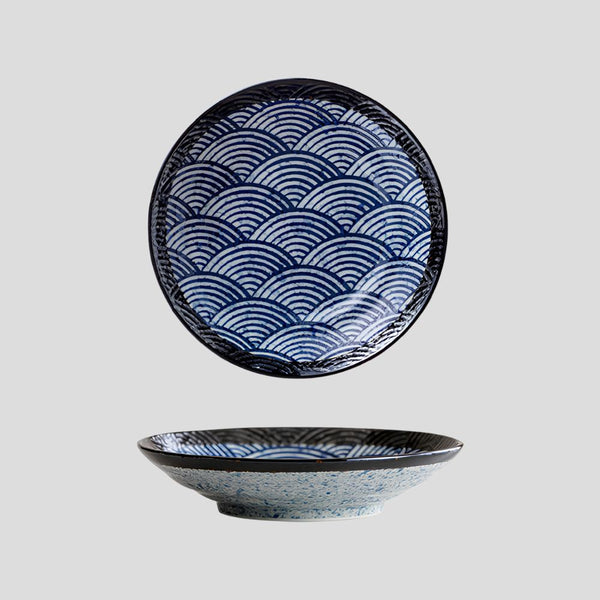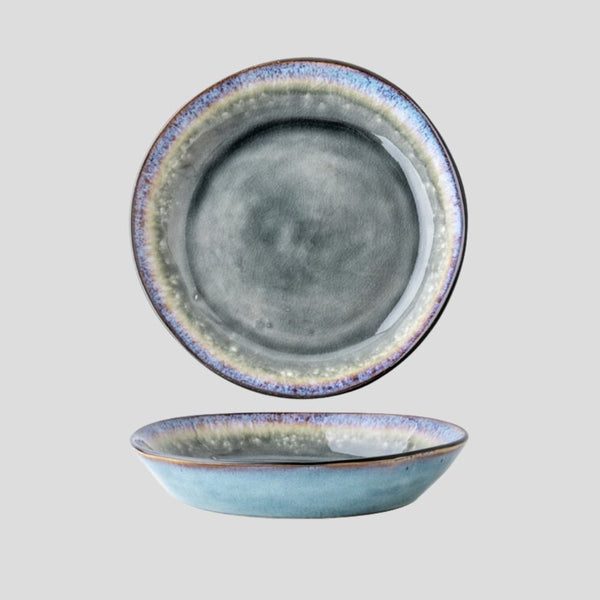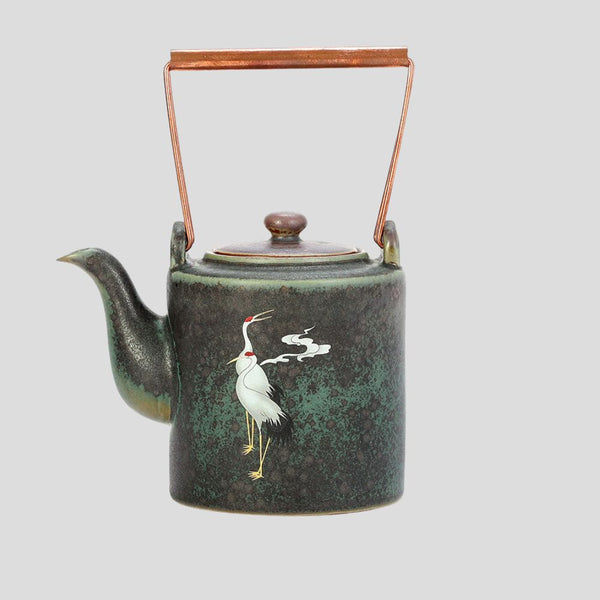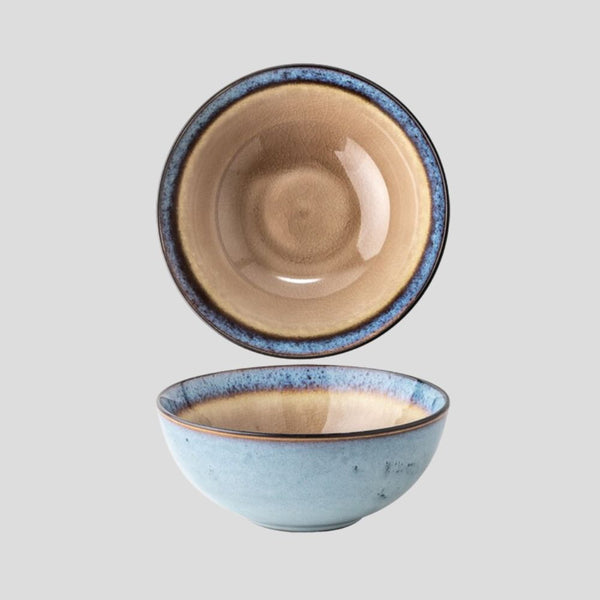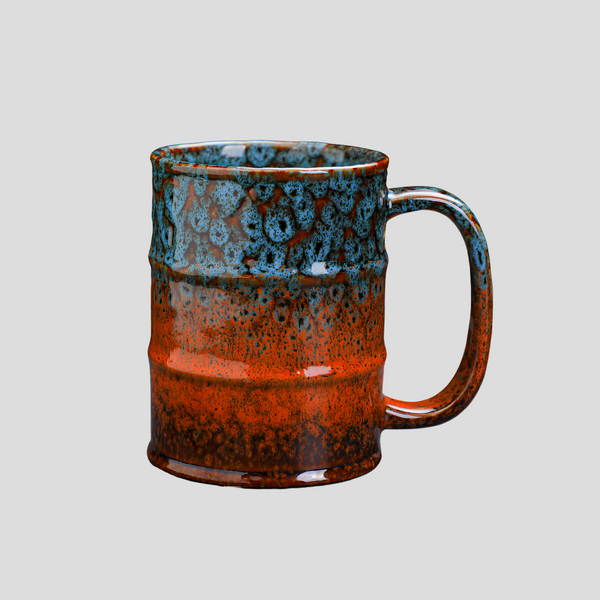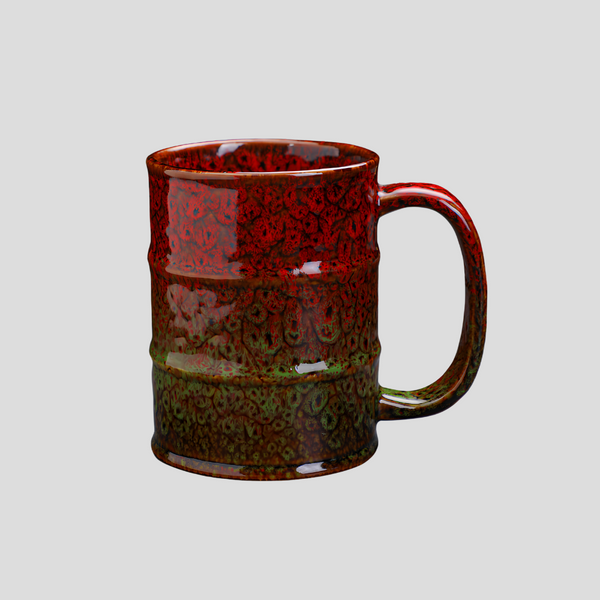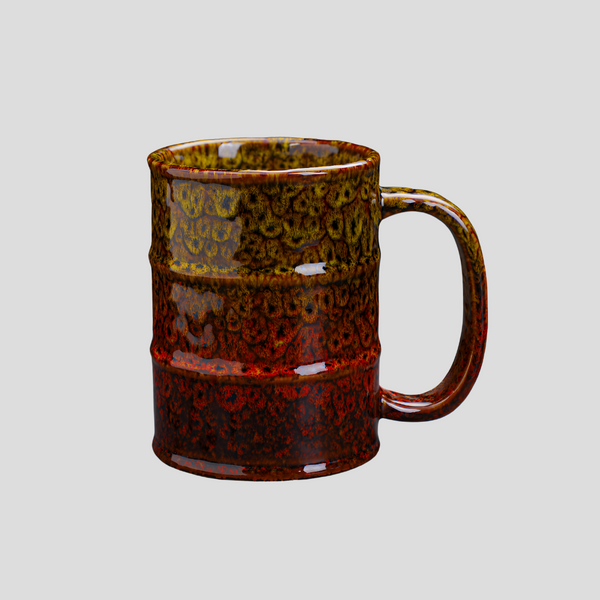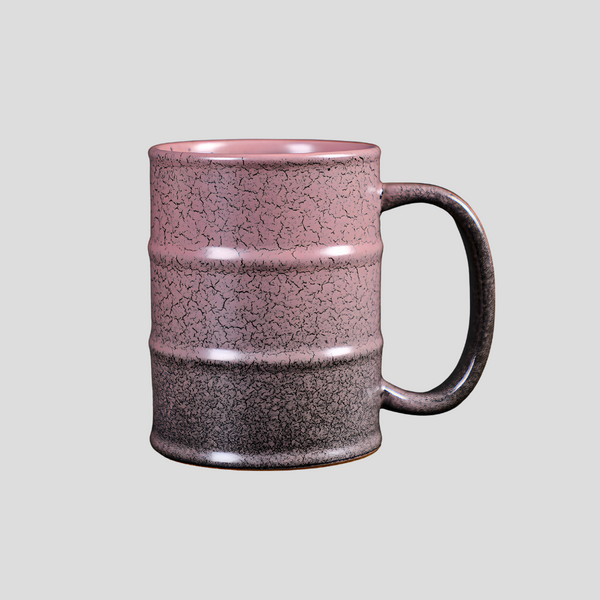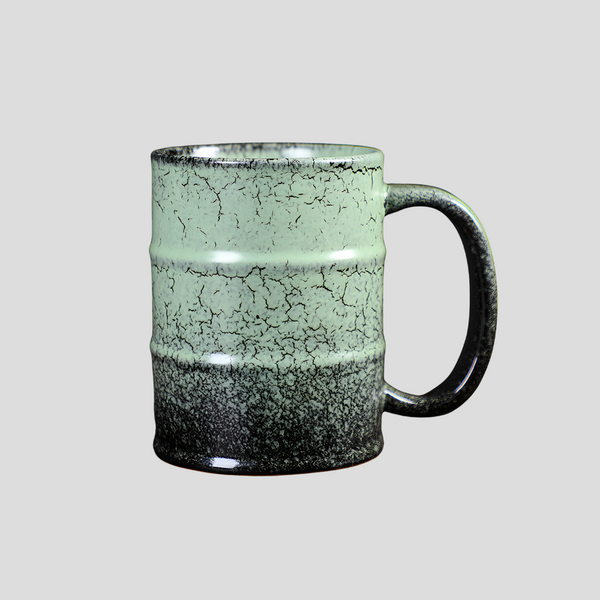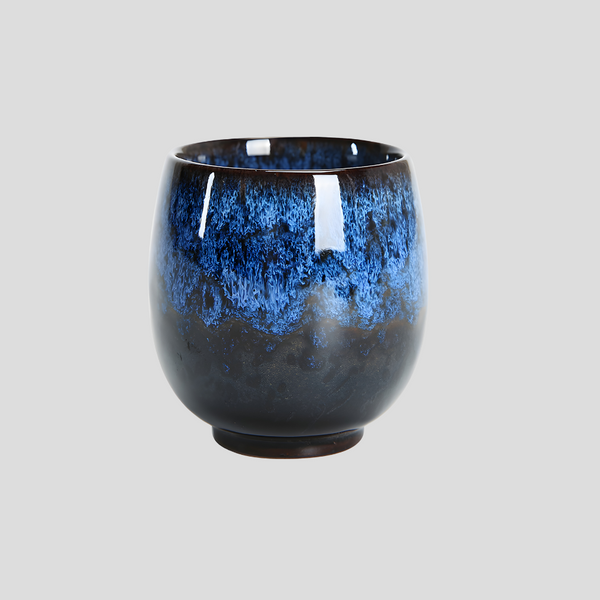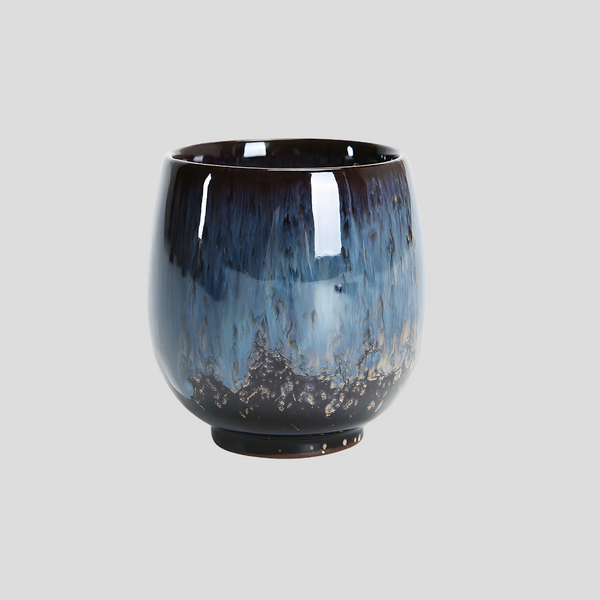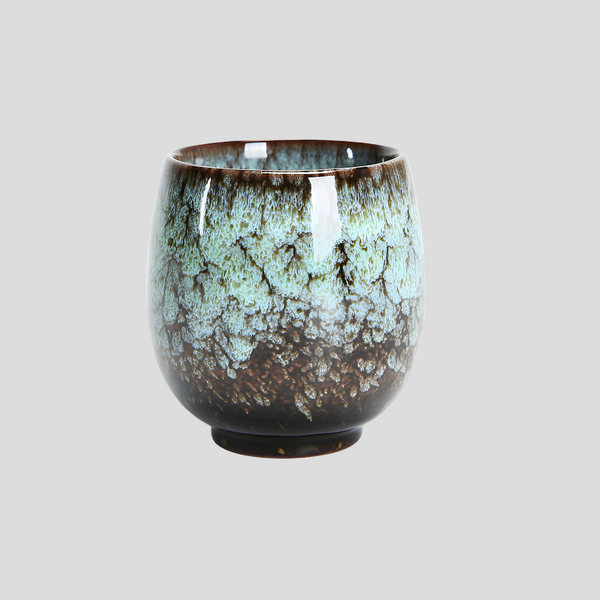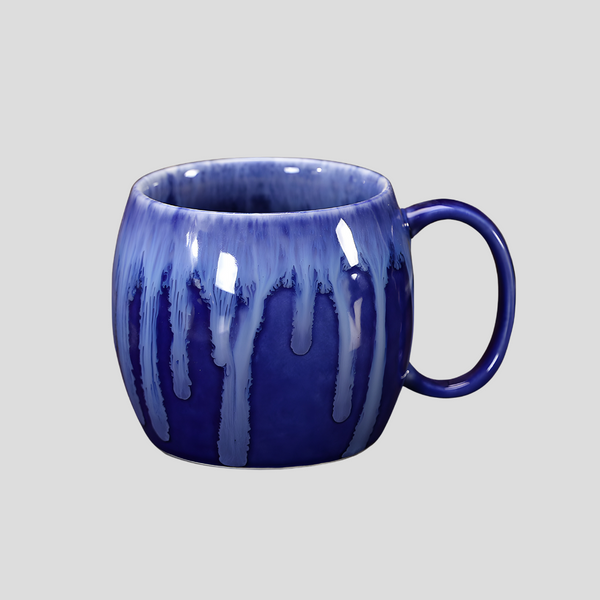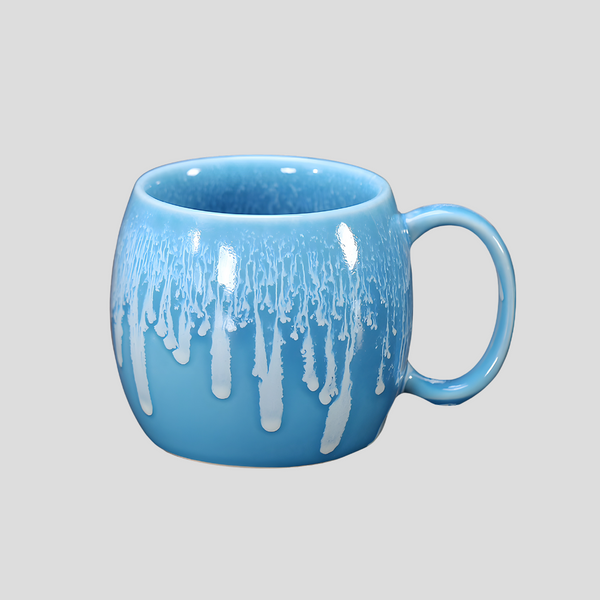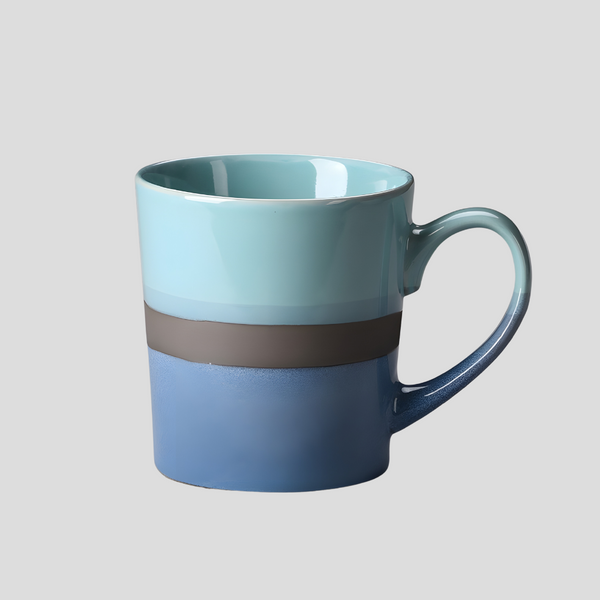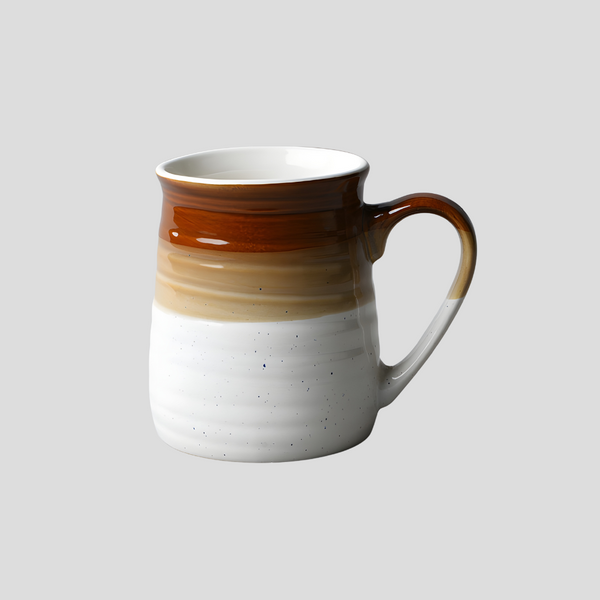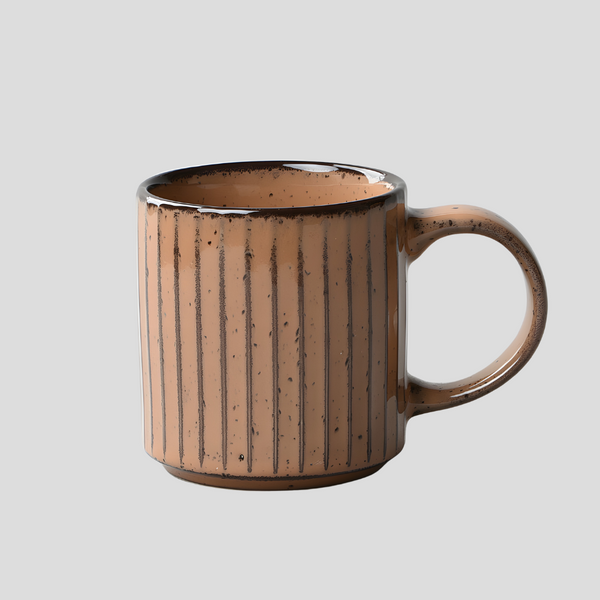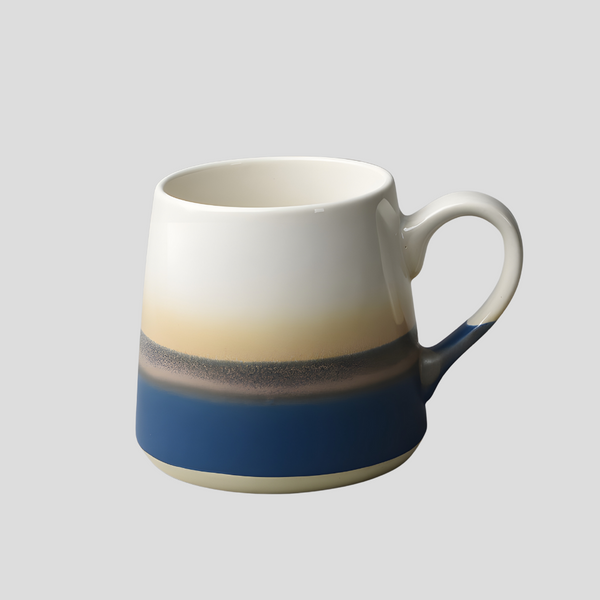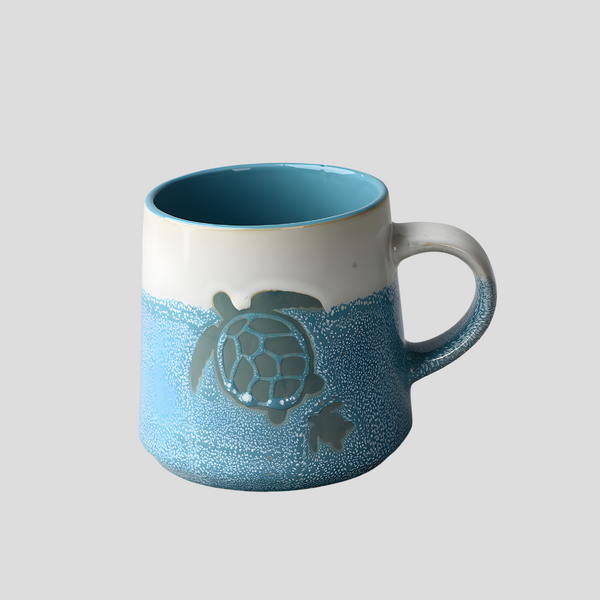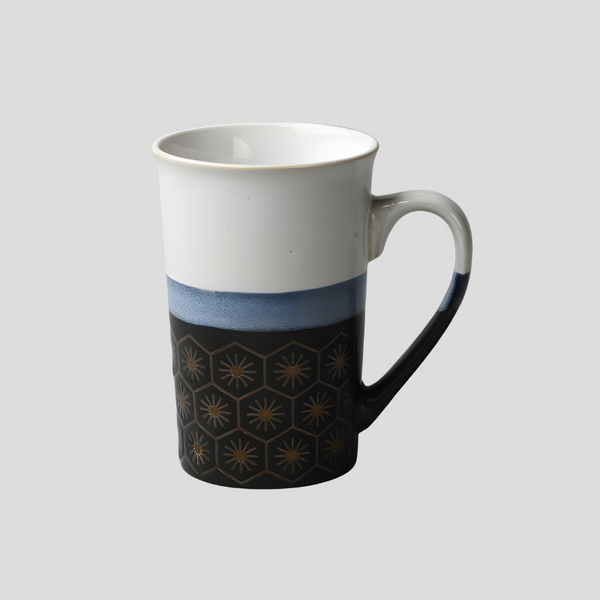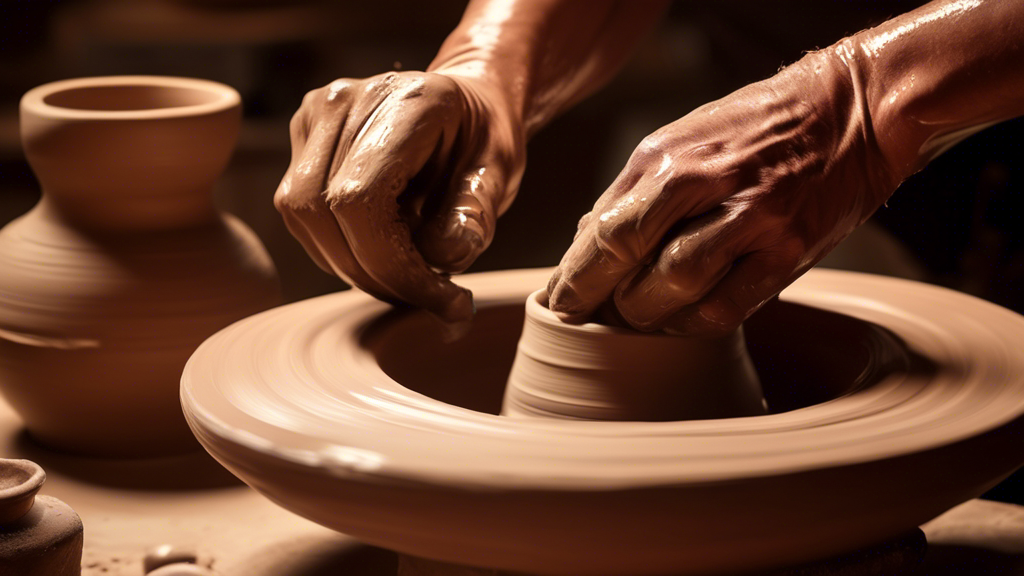
Pottery Making Basics: A Beginner's Guide
Pottery making is an art form that dates back thousands of years, allowing humans to create both functional items and beautiful pieces of art from clay. Embracing this ancient craft can be incredibly rewarding, offering an outlet for creativity and a sense of accomplishment. If you're new to pottery, this beginner's guide will provide you with the basic knowledge you need to start your journey. The primary material used in pottery is clay. Clays come in different types, each with its properties and uses. The most common clays for beginners include earthenware, stoneware, and porcelain. Earthenware is the easiest to work with due to its flexibility and low firing temperature. Stoneware offers more durability, while porcelain, known for its purity and translucency, requires a high level of skill to manipulate properly. While you can start with just clay and your hands, several tools can enhance the pottery-making experience: There are three fundamental techniques in pottery making: pinching, coil building, and slab construction. Pinching involves forming clay into a shape with your fingers, which is ideal for making small pots or vessels. Coil building requires rolling out long strings of clay and stacking them to build up the walls of a pot. Slab construction involves rolling the clay into flat sheets and then joining them to form shapes. Each technique can be used alone or combined, offering endless possibilities for creativity. An essential step in pottery is firing, where your clay piece is hardened in a kiln at high temperatures. Firing transforms the clay into a permanent, durable form. There are typically two firings: the bisque firing, which turns the clay into a porous, hard bisqueware, and the glaze firing, where the glazed piece is fired to melt the glaze and fuse it to the bisqueware. Understanding the firing process is crucial for achieving the desired outcome of your pottery project. Glazing is the process of applying a glass-like coating that will be melted in the kiln to create a colorful, glossy surface. Glazes can be applied by dipping, pouring, brushing, or spraying and come in a vast range of colors and finishes. Experimenting with different glazes and application methods can lead to stunning and unique results. Begin your pottery making journey by taking a class or workshop, which can provide hands-on experience under the guidance of an experienced potter. This will also give you the opportunity to try different techniques and find what suits your style. Remember, pottery requires patience and practice, so don't be discouraged by initial failures. With time, you'll develop your skills and start creating beautiful pieces. Pottery making is not just about creating objects; it's about expressing creativity, connecting with history, and enjoying a meditative, enjoyable hobby. Whether your goal is to make practical items or decorative pieces, the basics of pottery making can open the door to a fulfilling and enjoyable craft.Pottery Making Basics: A Beginner's Guide
Understanding Pottery Materials
Essential Pottery Tools
Basic Pottery Techniques
The Kiln: Firing Your Pottery
Glazing Your Pottery
Getting Started

